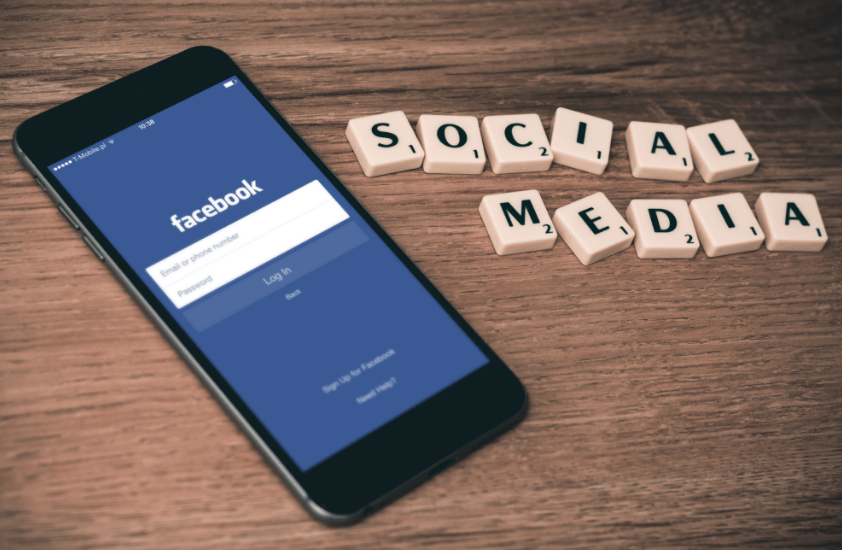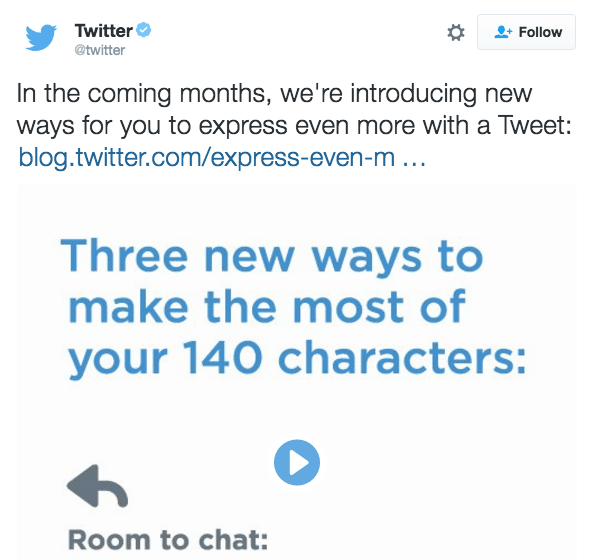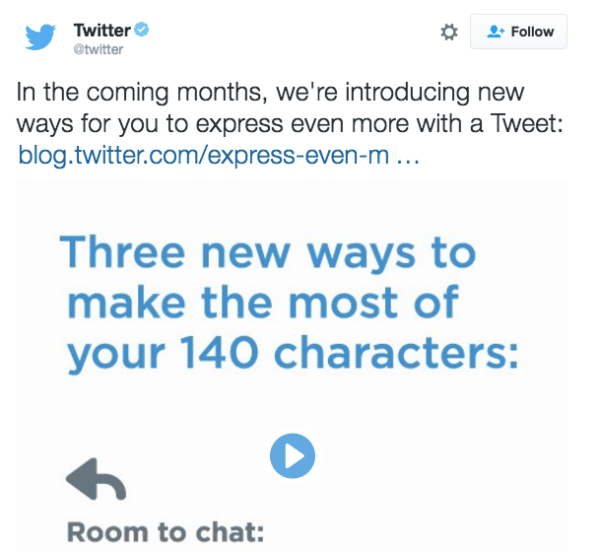Which social media platform is right for you?
This blog post is part of a series focusing on emerging brands, startups and small businesses that are just beginning their marketing/PR efforts.
How are we defining a small business? Although the Small Business Administration typically defines a small business as less than 500 employees, this series focuses on businesses that are even smaller than that.
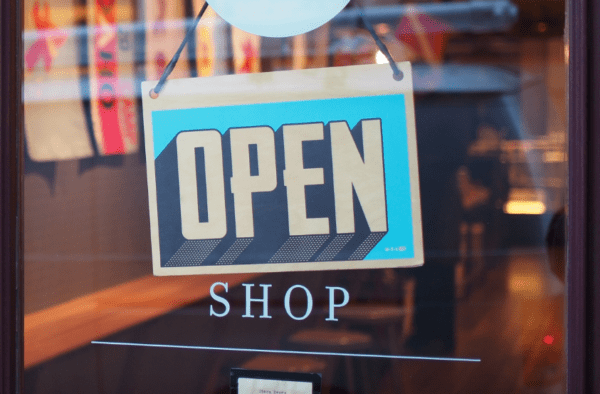
By now, social media is so ubiquitous that it feels like an everyday part of one’s life, no different than email (which, umm, why has no one disrupted this yet??). Yet the majority of small businesses (or even Small to Medium Business – SMBs) still lack basic social media strategy, with some lacking even a presence.
This series will focus on which social media platforms are optimal for a small business brand. This is NOT for social media advertising (which will come later) but for organic marketing on social media. We’ll discuss content, advertising and integration in later blog posts.
This particular series will focus on U.S.-based small businesses/startups that caters to consumers (not B2B), and that don’t have the budget to hire folks like us. They’ll have to start scrappy and do it for themselves.
With all of that out of the way, which social media platforms should a brand new small business catering to consumers focus on? Given that the small brand will have to DIY their social media marketing, and resources are extremely tight, only one or two platforms can be tackled for optimal ROI.
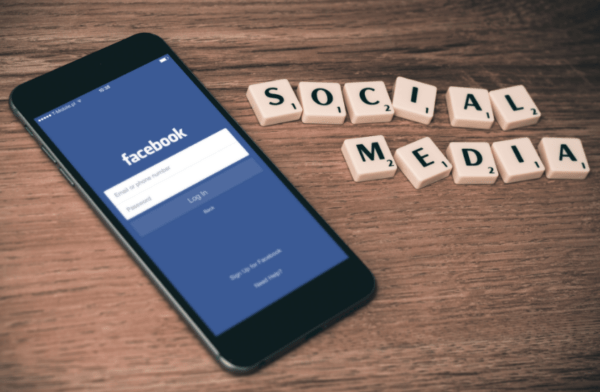
Facebook is still the #1 platform in the U.S. and will likely remain at that top spot for a while. There are few businesses and brands that Facebook doesn’t make sense for. However, Facebook is now pay-to-play (gotta justify that stock price!) so if you aren’t routinely “boosting” posts, then you’re SOL. Even spending $5 on one post per month will see your engagement skyrocket, compared to not spending any money at all. Does this suck for brands with extremely limited budgets? Absolutely. But we all knew that the free ride wouldn’t last, especially when Facebook went public.
While $5 for, say, a weekly post won’t break any budgets, it can add up. Unfortunately, depending on organic reach is a thing of the past. How can a small business get around having to pay-to-play? Hashtags have become as critical to audience growth on Facebook as it has on Twitter and Instagram. So #hashtag the #shiz out of that #ish (<–don’t actually do that – that’s really dumb). Another way to grow an audience is to tag/mention other pages.
But ultimately, content is still king. Videos can still “go viral” without plugging in your credit card number. And sometimes, a brand can just get plain lucky. Look at the Kohl’s Chewbacca mom video for proof of that. Treat your customers well and you might be surprised how they will reward your brand on social media.
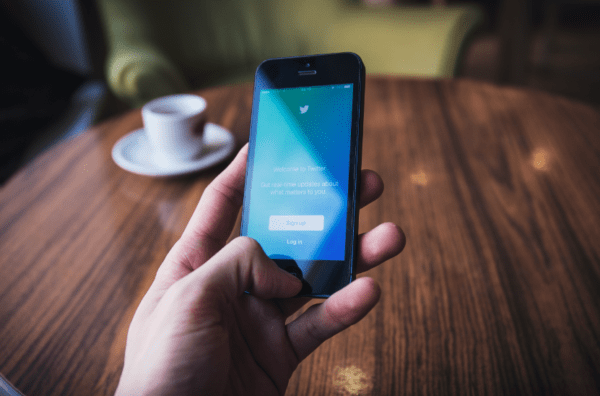
For many B2C brands, Twitter will be as important as Facebook. We have found Twitter to be the best platform for local brick & mortar businesses, in particular. The best businesses that thrive on Twitter are still ones like Kogi taco truck (the brand that revolutionized local social marketing on Twitter), that can tweet out a location, or a special deal, for customers who might be wandering nearby.
Be warned, however. Twitter has become a customer service platform, with customers routinely tweeting complaints to brands. B2C brands in particular bear the brunt of Twitter complaints. If you don’t have a way to address customer service complaints on Twitter, you’ll be digging yourself a hole that will be difficult to crawl out of. Even before you set up your Twitter page (or Facebook, for that matter), make sure you have customer service response plan in place. Whether it’s merely responding to a tweet with an email address to contact, or actually addressing issues directly, have a plan and don’t be caught unaware. Unlike Facebook, you can’t delete or hide criticisms on Twitter. It’s the most transparent of platforms.
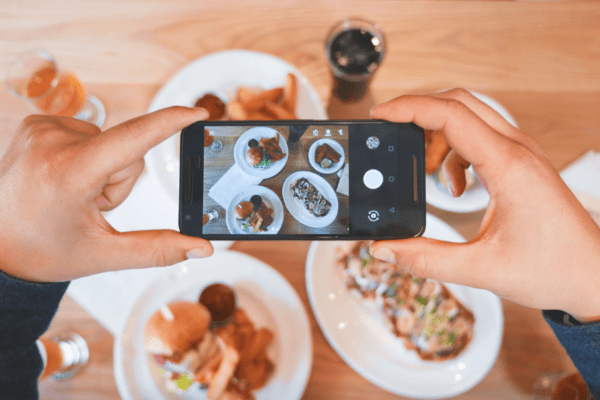
If you have even a somewhat visually appealing store or product, then Instagram is your best option. The engagement on Instagram is significantly higher than any of the other platforms; however, that doesn’t mean it translates into sales. If you’re suddenly rewarded with hundreds of likes for your photo, don’t get *too* excited. Instagram is not great at driving sales or traffic, primarily because it doesn’t easily allow for links. But what it’s great for is showcasing your brand in a visually compelling way.
The businesses that it’s particular great for: Consumer products, especially fashion brands; entertainment brands; stores such as bookstores and consumer goods; travel and luxury brands; restaurants/food brands.
Because so many Instagram users will take photos of your business, it’s important to acknowledge them (favoriting/liking their photo, via the heart icon, is a good start), and then engage and occasionally reward them (we’ll talk about engagement and rewards later).
When regramming a user’s photo/video, be sure to tag them and credit them (better yet, ask for permission first. Most users are more than happy to see their photos be picked up).
There are so many ways to be creative on Instagram. Leverage the layout, for instance, with a photo collage. Use the video function to drive traffic outside of the app, etc. It’s one of the best marketing platforms for any brand that can take a simple photo.
We’ll discuss the other social media platforms in part II of our series. Check back on bethechangepr.com/news. Hit us up on Facebook or Twitter as well.
